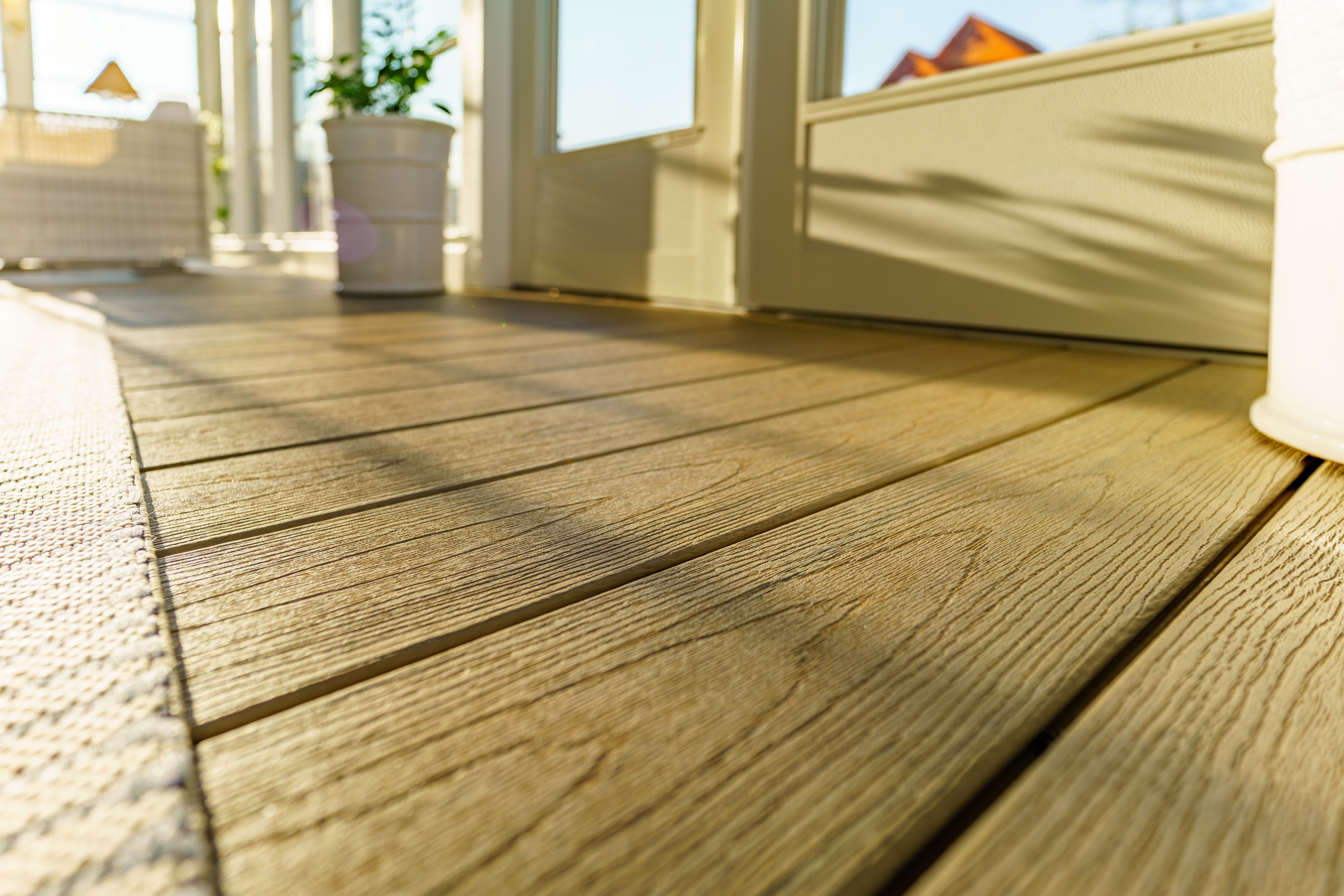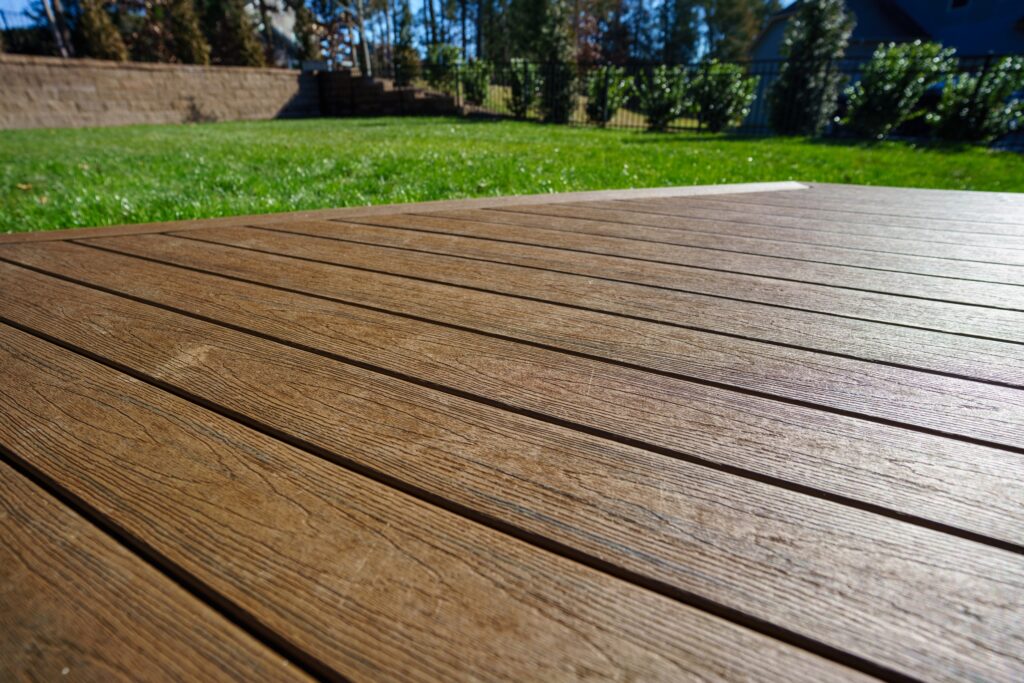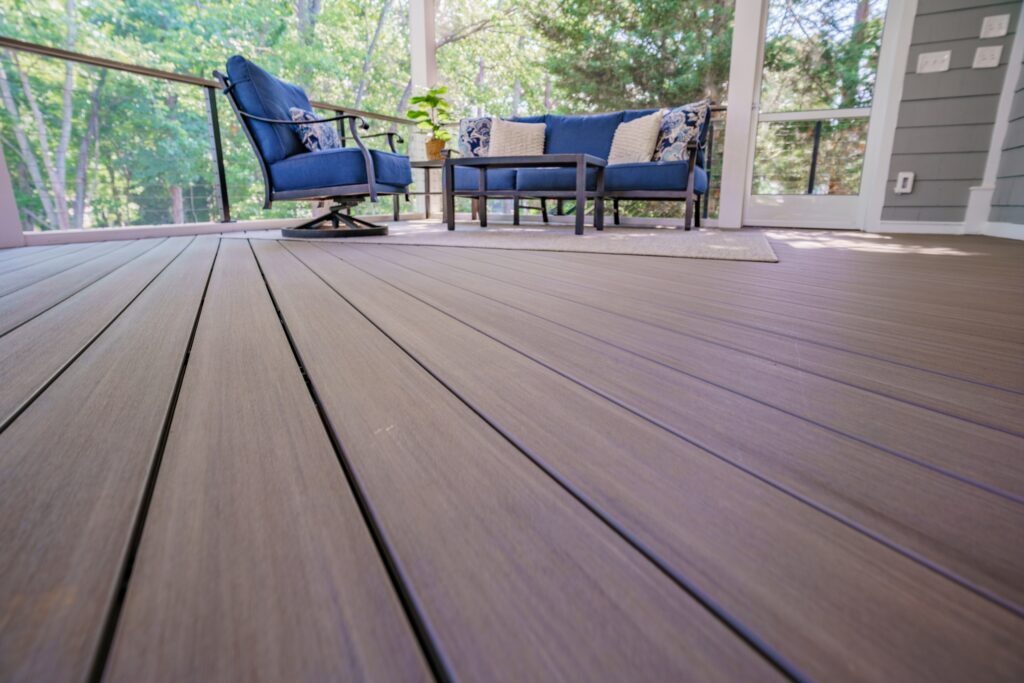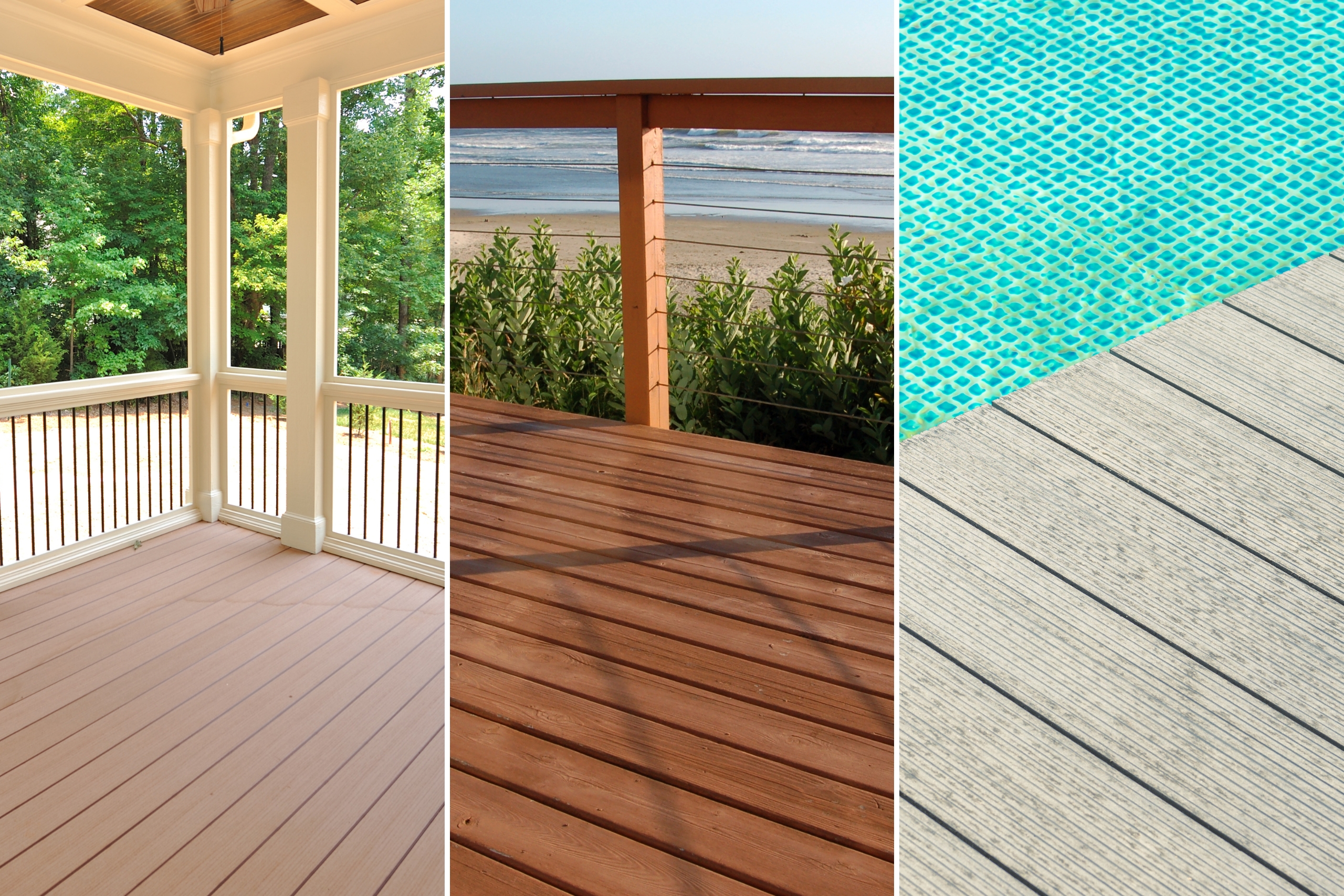Debunking 3 Common Composite Decking Myths & Misconceptions

The shift from traditional wooden decks to composite decking is a trend that continues to gain momentum. However, certain myths about composite decking remain to this day, leading some to miss out on its considerable benefits. Some of these misconceptions may even lead to unrealistic expectations or improper care. In this post, we’ll debunk three of these common misconceptions, offering a balanced view of the reality of owning a composite deck.
1. Composite Decking Is Completely Maintenance-Free
While composite decking is often promoted as ‘maintenance-free,’ it’s crucial to understand what this truly means. The term ‘maintenance-free’ is used in the context of it being free from demanding maintenance tasks often associated with wooden decks, such as staining, sealing, or regular repairs. However, this doesn’t imply that composite decking requires no care at all.
If possible, you should keep your decking clean from leaves and dirt by sweeping it regularly. Additionally, an annual deep clean using a low-pressure power washer or a soft brush with soapy water will help preserve its appearance.
Despite its resilience, neglecting routine cleaning can lead to premature damage. For instance, piles of leaves left on the deck can cause mold and algae growth. So, while low-maintenance, composite decking does need some attention to maintain its appeal.

2. It Has A Fake, ‘Plastic-Like’ Look And Feel
This misconception was likely born in the early days of composite decking. Back then, the aesthetic and technological features weren’t as advanced as they are today, including composite decks. However, composite materials have evolved considerably.
Modern composite decking products showcase intricate wood grain patterns and a broad range of colors. These details are designed to capture real wood’s natural charm and beauty. So, rest assured; your composite deck will not appear like plastic or artificial, given that you select the right products.
As for the feel, the notion that composite decking is too plastic-like is also outdated. High-quality composite decking has a solid feel underfoot, much like wood, but without the splinters. Newer generations of composite decking have many benefits, like remaining relatively cool to the touch, even under the glaring sun.
What’s more, composite decking presents a world of design and customization opportunities to achieve a specific style. For example, by giving you the ability to choose virtually any color, it makes it easy to create a deck that matches your home’s style.
We encourage you to check samples from leading manufacturers like TimberTech, Trex, Deckorators, or Fiberon to see for yourself how luxurious composite decking can look.

3. A Composite Deck Is Much Pricier Than a Wood Deck
Many people have the perception that a composite deck is much pricier than a wood deck. While it’s true that the initial cost of composite decking is somewhat higher, it’s essential to consider the entire picture.
Lumber prices have increased in the past decade, with sudden price spikes in the past couple of years due to the pandemic. In contrast, the cost and technology of composite decking have only gotten better over the years. As a result, the price gap in 2023 between a composite and wood deck is no longer as wide as you might think.
Most importantly, wooden decks require regular, costly maintenance like staining, painting, sealing, and frequent repairs. These costs add up over the lifespan of the deck. When viewed through the lens of a long-term investment, it’s not true that composite decking costs more.






